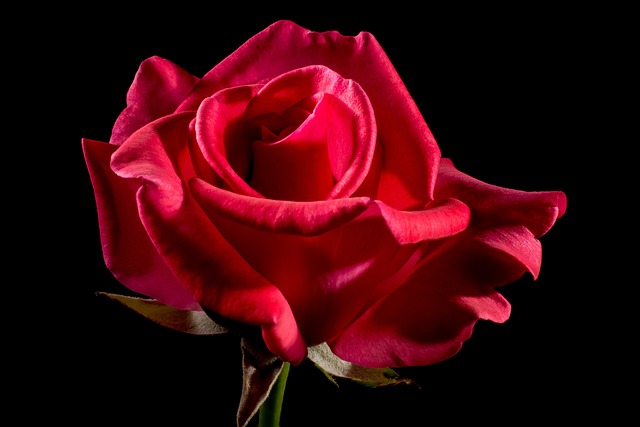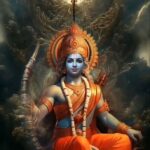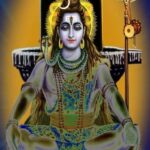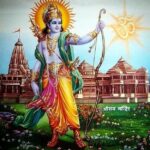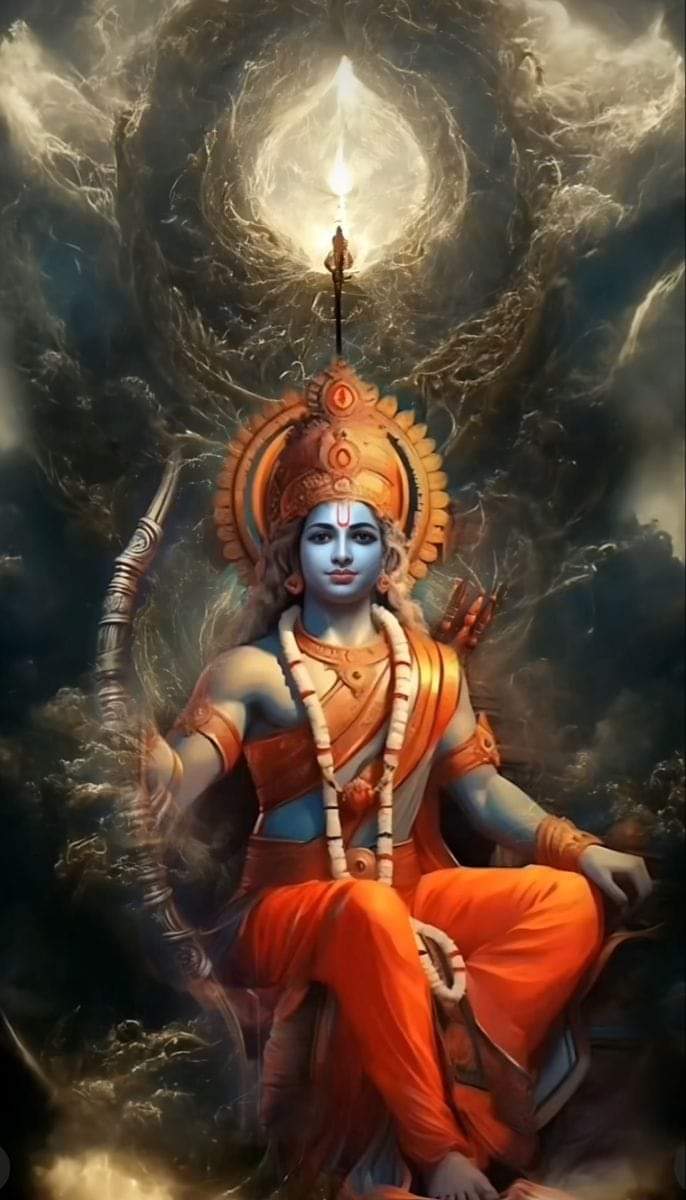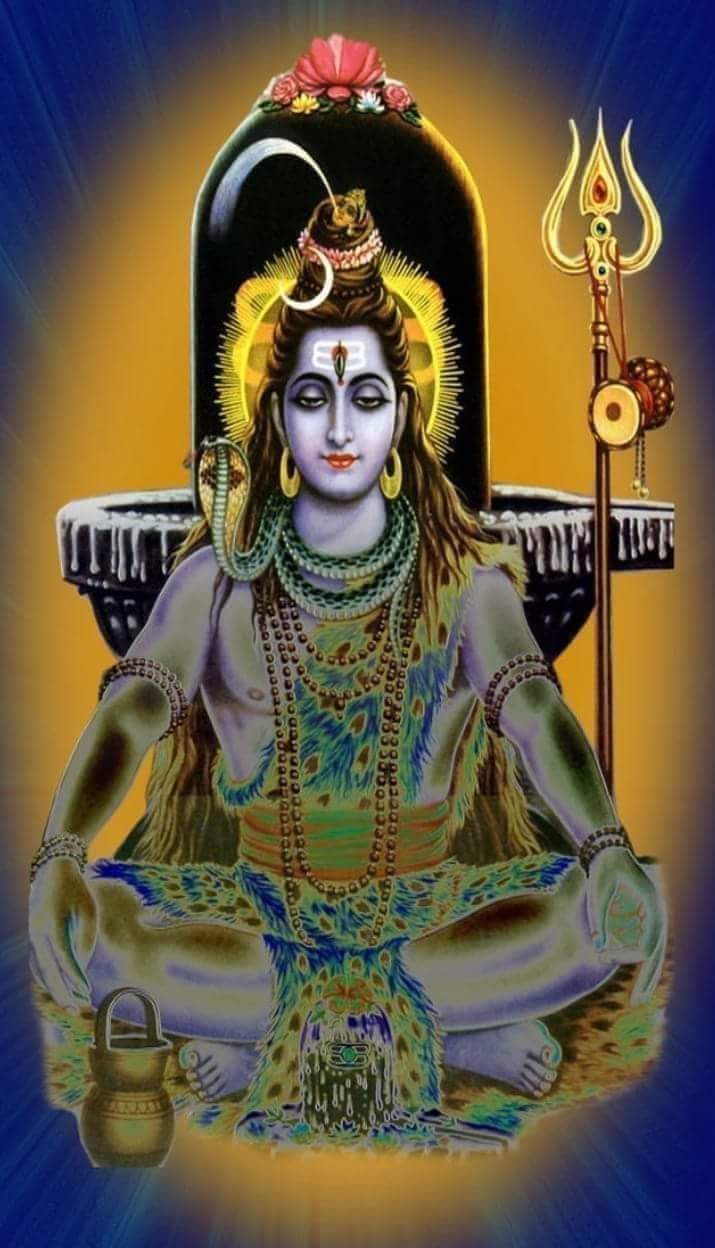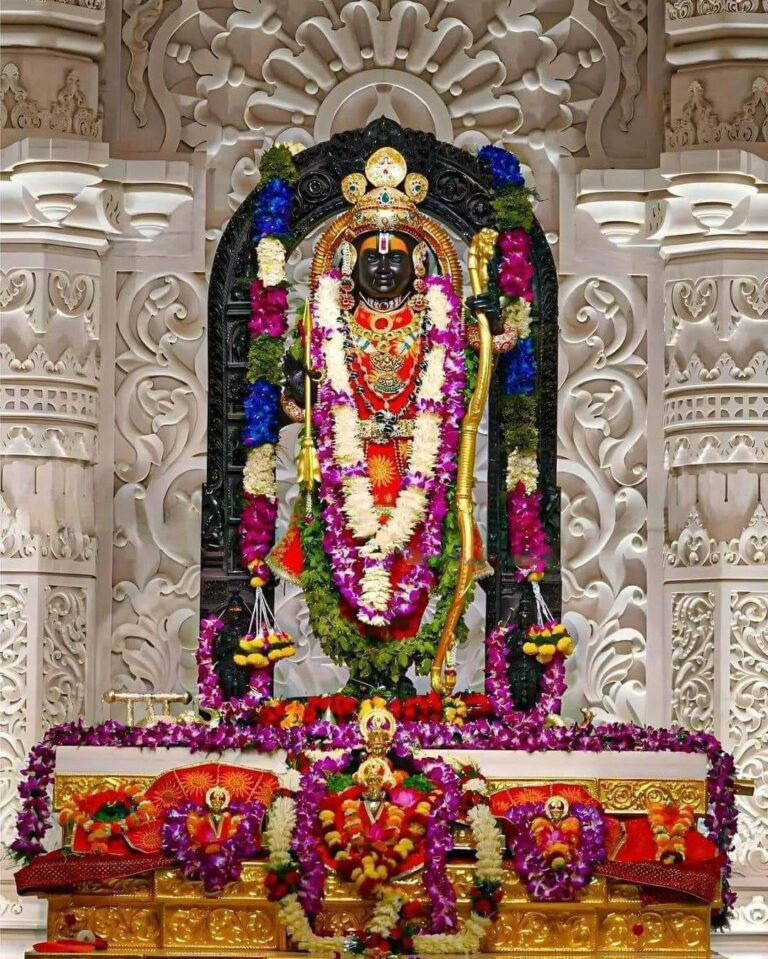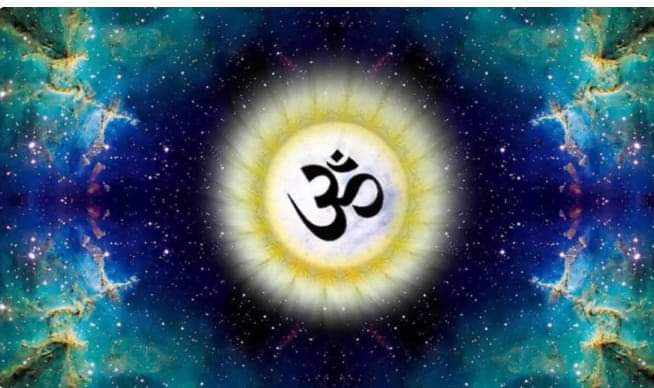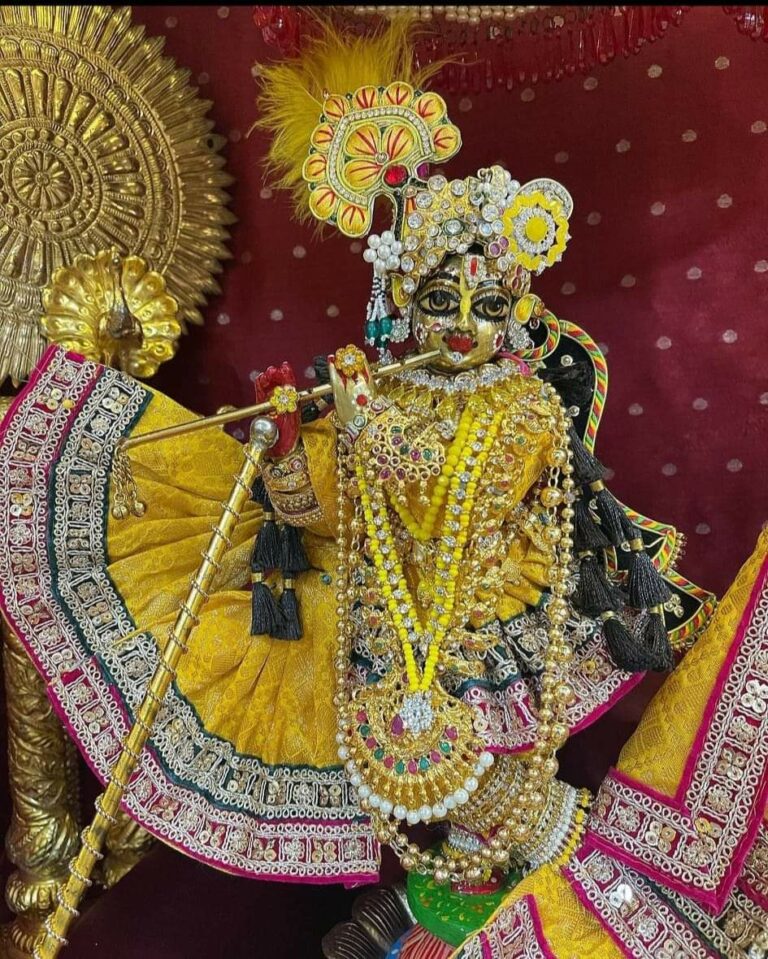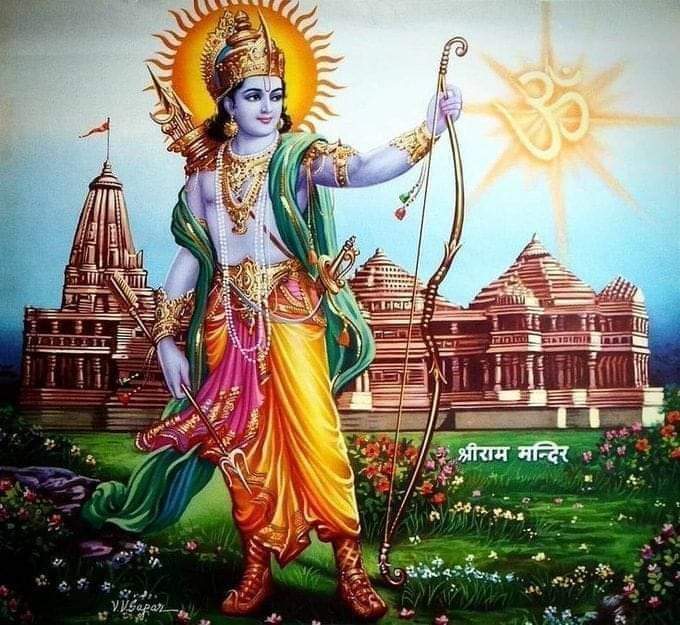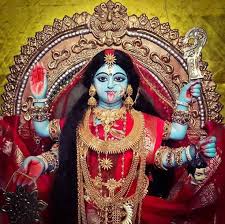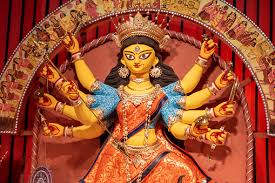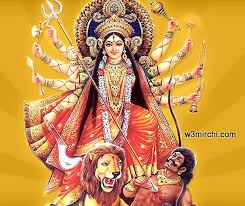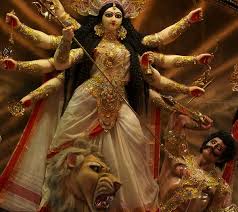आज हम इस लेख में बात करेंगे छठ पूजा के बारे में, और जानेंगे कि क्या होती है छठ पूजा? और चार दिनों तक चलने वाले छठ पर्व में क्या है हर दिन का महत्व?
छठ पर्व प्राकृतिक सौंदर्य, पारिवारिक सुख- शांति तथा मनोवांछित फल प्राप्त करने के लिए मनाए जाने वाला एक महत्वपूर्ण पर्व है। छठ पर्व या छठ पूजा चार दिनों तक चलने वाला लोक पर्व है। इस पूजा में नदी और तालाब का विशेष महत्व है यही कारण है कि छठ पूजा के लिए उनकी साफ सफाई की जाती है और उनको सजाया जाता है।
हमारे देश में छठ पूजा वैदिक काल से ही मनाए जाने वाला एक प्रसिद्ध पर्व है, जिसे मुख्य रूप से बिहार, झारखंड, पूर्वी उत्तर प्रदेश एवं दिल्ली में बड़े ही श्रद्धा और उत्साह से मनाया जाता है।
छठ पूजा वर्ष में दो बार पड़ती है, एक चैत्र मास और दूसरी कार्तिक मास में। कार्तिक छठ पूजा की तिथि कार्तिक शुक्ल षष्ठी से शुक्ल सप्तमी के बीच पड़ती है और दिवाली के 6 दिन बाद मनाई जाती है। षष्ठी तिथि के प्रमुख व्रत को मनाए जाने के कारण इस पर्व को छठ कहा जाता है। इस पूजा में सूर्य देव और छठी मैया की पूजा और उन्हें अर्घ्य देने का विधान है।
छठ पूजा का पहला दिन जिसे ‘नहाए खाए’ कहते हैं वहां से शुरु होने वाले इस पर्व में महिलाएं 36 घंटे तक निर्जला व्रत रखती हैं और संतान की सुख, समृद्धि और दीर्घायु की कामना के लिए इस दिन सूर्य देव और छठी मैया की पूजा करती है। ऐसी मान्यता है कि छठी मैया निसंतानों को संतान प्रदान करती हैं।
आइए जानते हैं कि चार दिनों तक चलने वाले छठ पर्व में हर दिन का क्या महत्व है?
छठ पूजा का पहला दिन: नहाए खाए- 28 अक्टूबर—-
छठ पूजा का आरंभ ‘नहाए खाए’ से होता है, इस दिन घर की साफ-सफाई और पवित्रीकरण किया जाता है। उसके बाद भक्त अपने निकटतम नदी या तालाब में जाकर साफ पानी से स्नान करते हैं, नए वस्त्र पहनते है और पूजा करने के बाद चने की दाल, कद्दू की सब्जी और चावल को प्रसाद के रूप में ग्रहण करते हैं। यह भोजन कांसे या मिट्टी के बर्तन में पकाया जाता है। व्रत रखने वाले इस दिन केवल एक बार ही भोजन करते हैं और व्रत में तला हुआ खाना सख्त वर्जित है। व्रती के भोजन करने के बाद परिवार के सभी सदस्य भोजन करते हैं।
छठ पूजा का दूसरा दिन: खरना/लोहंडा – 29 अक्टूबर—
छठ का दूसरा दिन, जिसे खरना या लोहंडा कहते हैं ,छठ पूजा में खरना का विशेष महत्व है। खरना के दिन महिलाएं शाम को लकड़ी के चूल्हे पर गुड़ की खीर बनाकर भोग के रूप में चढ़ाती हैं। सभी भक्त सूर्य देव की पूजा करने के बाद इस प्रसाद को ग्रहण करते हैं। सभी परिवार के सदस्यों, मित्रों और रिश्तेदारों को खीर-रोटी प्रसाद के रूप में दी जाती है। खरना के दिन ठेकुआ नामक पकवान भी चढ़ाया जाता है। इस दिन से महिलाओं का 36 घंटे का निर्जला उपवास शुरु हो जाता है। पौराणिक मान्यता है कि खरना पूजा के बाद ही छठी मैया घर में प्रवेश करती है।
छठ पूजा का तीसरा दिन: संध्या अर्घ्य- 30 अक्टूबर—
छठ के तीसरे दिन को संध्या अर्घ्य कहते हैं, इस दिन डूबते सूरज को अर्घ्य दिया जाता है जिसके कारण इसे ‘संध्या अर्घ्य’ के नाम से जाना जाता है। ‘संध्या अर्घ्य के दिन व्रती महिलाएं निर्जला उपवास रखती हैं और परिवार सहित पूरे दिन पूजा की तैयारी करती हैं।
शाम के समय सभी परिवार के सदस्य नदी तट पर जाते है। वहां जाते समय परिवार की महिलायें नए वस्त्र धारण कर मैया के गीतों को गातीं हैं। महिलाओं के साथ परिवार के पुरुष चलते है जो कि अपने साथ बेहेंगी यानी की एक बांस की टोकरी (जिसमें पूजा की सामग्री होती है) को साथ लिए चलते हैं। इसके बाद नदी के किनारे छठ माता का चौरा बनाकर दीप प्रज्वलित किया जाता है और डूबते हुए सूर्यदेव को अर्घ्य देकर पांच बार परिक्रमा की जाती है।
छठ पूजा का चौथा दिन: उषा अर्घ्य- 31 अक्टूबर—
छठ पूजा का चौथा दिन, उषा अर्घ्य या पारण दिवस कहलाता है,इस दिन सूर्य उदय के समय सूरज को अर्घ्य देते है इसलिए इस दिन को ‘उषा अर्घ्य’ के नाम से जाना जाता है। इस दिन सूर्योदय से पहले व्रती-जन घाट पर सभी परिजनो के साथ पहुँचते हैं और उगते सूर्यदेव की पूजा करते हैं। महिलाएं सुबह नदी या तालाब के पानी में उतरकर भगवान सूर्य को अर्घ्य देती हैं। अर्घ्य देने के बाद व्रती महिलाएं सात या ग्यारह बार परिक्रमा करती हैं और फिर एक-दूसरे को प्रसाद बाँट कर अपना व्रत खोलती हैं।
36 घंटे का व्रत सूर्य को अर्घ्य देने के बाद तोड़ा जाता है। इस व्रत की समाप्ति सुबह के अर्घ्य यानी दूसरे और अंतिम अर्घ्य को देने के बाद संपन्न होती है।
Today in this article we will talk about Chhath Puja, and know what is Chhath Puja? And what is the importance of every day in the four-day long Chhath festival?
Chhath festival is an important festival celebrated for natural beauty, family happiness and peace and to get desired results. Chhath festival or Chhath Puja is a four-day long folk festival. River and pond have special importance in this worship, that is why they are cleaned and decorated for Chhath Puja.
Chhath Puja is a famous festival celebrated in our country since Vedic times, which is mainly celebrated in Bihar, Jharkhand, Eastern Uttar Pradesh and Delhi with great reverence and enthusiasm.
Chhath Puja falls twice a year, one in the month of Chaitra and the other in the month of Kartik. The date of Kartik Chhath Puja falls between Kartik Shukla Shashti to Shukla Saptami and is celebrated 6 days after Diwali. This festival is called Chhath as the main fast of Shashti Tithi is celebrated. In this worship, there is a law to worship the Sun God and Chhathi Maiya and offer them Arghya.
Starting from the first day of Chhath Puja, which is called ‘Bathe Khaye’, in this festival, women observe a fast for 36 hours and worship the Sun God and Chhathi Maiya on this day to wish for the happiness, prosperity and longevity of the children. Is. It is believed that the sixth Maya gives children to the childless.
Let us know what is the significance of every day in the four-day long Chhath festival. First day of Chhath Puja: Take bath- 28 October Chhath Puja begins with ‘bathe and eat’, on this day the house is cleaned and sanctified. After that devotees go to their nearest river or pond, take bath with clean water, wear new clothes and after worshiping take gram dal, pumpkin vegetable and rice as prasad. This food is cooked in a bronze or earthen pot. The fasting people eat only once on this day and fried food is strictly prohibited during the fast. After the fasting of food, all the members of the family take food.
Second day of Chhath Puja: Kharna/Lohanda – 29 October— The second day of Chhath, which is called Kharna or Lohanda, has special significance in Chhath Puja. On the day of Kharna, women make jaggery kheer on a wooden stove in the evening and offer it as bhog. All the devotees take this prasad after worshiping the Sun God. Kheer-Roti is given as Prasad to all the family members, friends and relatives. A dish called Thekua is also offered on the day of Kharna. From this day women start fasting for 36 hours. Mythological belief is that Chhathi Maiya enters the house only after Kharna Puja.
Third day of Chhath Puja: Sandhya Arghya- 30 October— The third day of Chhath is called Sandhya Arghya, on this day Arghya is offered to the setting sun, due to which it is known as ‘Sandhya Arghya’. On the day of Sandhya Arghya, fasting women observe a strict fast and prepare for the whole day worship along with the family. In the evening all the family members go to the river bank. While going there, the women of the family wear new clothes and sing the songs of Maya. The women are accompanied by the men of the family who carry a behengi i.e. a bamboo basket (which contains the items of worship) along with them. After this, a lamp is lit by making a chaura of Chhath Mata on the banks of the river and offering arghya to the setting sun God is circumambulated five times.
Fourth day of Chhath Puja: Usha Arghya – 31 October The fourth day of Chhath Puja, called Usha Arghya or Paran Divas, offers arghya to the sun at the time of sunrise, hence the day is known as ‘Usha Arghya’. On this day, before sunrise, the fasting people reach the ghat with all the family members and worship the rising sun god. Women offer Arghya to Lord Surya by getting into the water of the river or pond in the morning. After offering Arghya, the fasting women circumambulate seven or eleven times and then break their fast by distributing prasad to each other.
The fast of 36 hours is broken after offering Arghya to the Sun. The fast ends after offering the morning Arghya i.e. the second and last Arghya.

